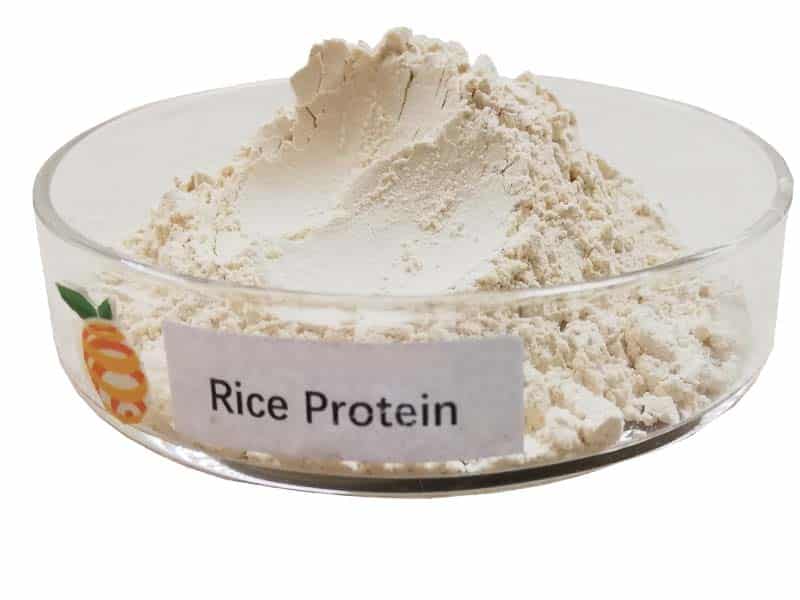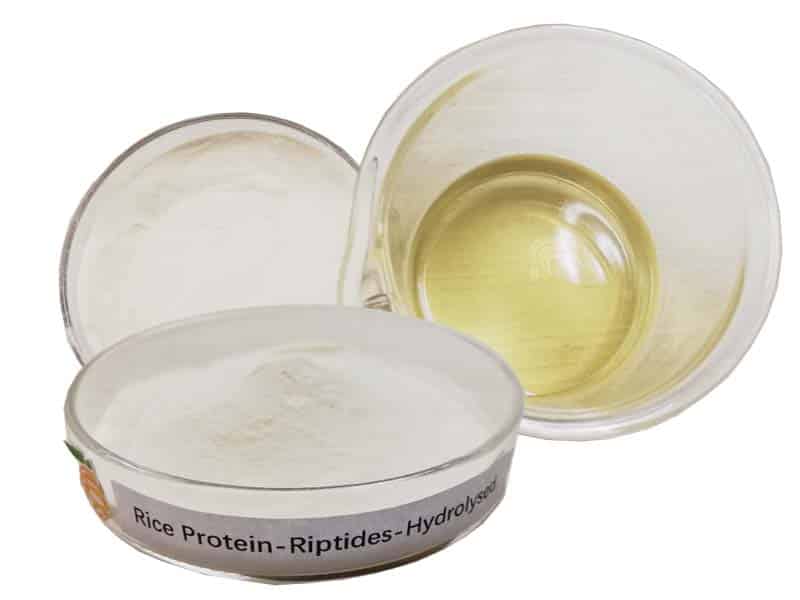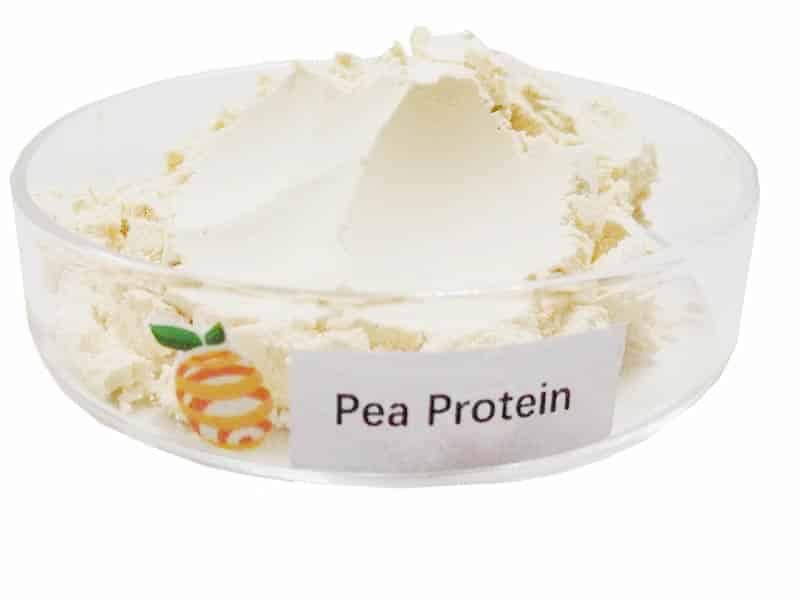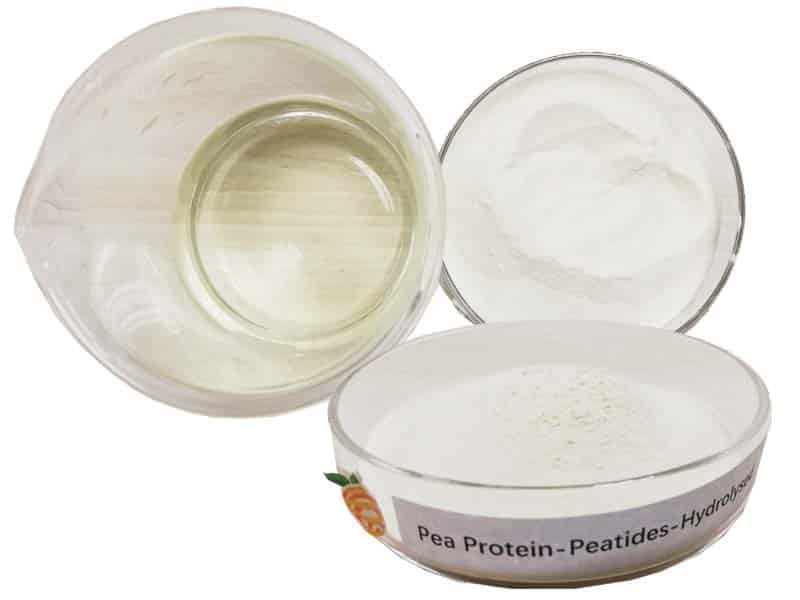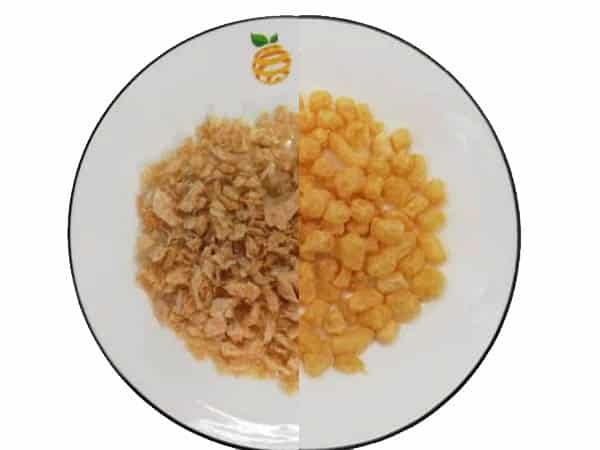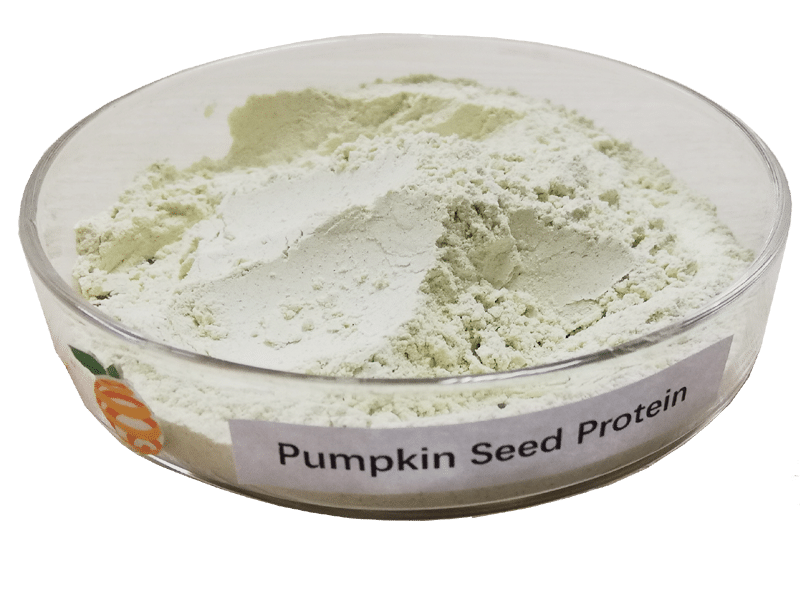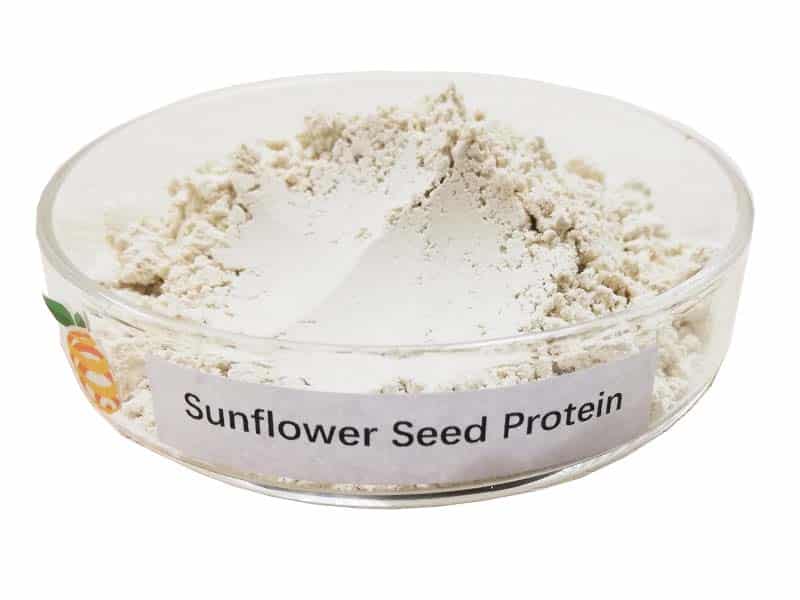Is NAD or NADH Reduced? Key Difference
-
Table of Contents
- Is NAD or NADH Reduced? Understanding the Key Differences
- Introduction to NAD and NADH
- Chemical Structure and Properties
- Role in Cellular Metabolism
- Is NAD or NADH Reduced?
- Key Differences Between NAD+ and NADH
- Biological Significance and Health Implications
- Conclusion: The Importance of NAD and NADH in Cellular Function
- Explore ETprotein’s High-Quality Protein Products
Is NAD or NADH Reduced? Understanding the Key Differences
In the realm of biochemistry, the molecules nicotinamide adenine dinucleotide (NAD) and its reduced form, nicotinamide adenine dinucleotide hydride (NADH), play pivotal roles in cellular processes, particularly in metabolic reactions. Understanding whether NAD or NADH is reduced is crucial for comprehending how cells generate energy and maintain their functions. This article delves into the chemistry of these molecules, their roles in cellular metabolism, and the key differences between them.
Introduction to NAD and NADH
NAD is a coenzyme found in all living cells and is central to metabolism. It exists in two forms: NAD+ (oxidized) and NADH (reduced). The transformation between these two forms is at the heart of many biochemical processes, including those that generate cellular energy.
Chemical Structure and Properties
Both NAD+ and NADH share a similar structure, with NAD+ having an additional positive charge on its nicotinamide ring. This structural difference is key to their function in oxidation-reduction (redox) reactions, where electrons are transferred between molecules.
Role in Cellular Metabolism
The primary role of NAD+ and NADH is to facilitate redox reactions in metabolic pathways. These reactions are crucial for the production of ATP, the energy currency of the cell. Here’s how they function within two major metabolic processes:
- Glycolysis: NAD+ is reduced to NADH as it accepts electrons during the conversion of glucose to pyruvate.
- Citric Acid Cycle: NAD+ again acts as an electron acceptor in several steps, being reduced to NADH, which then carries these electrons to the electron transport chain.
Is NAD or NADH Reduced?
Understanding whether NAD or NADH is reduced involves looking at their roles in redox reactions. NAD+ is the oxidized form of the molecule, capable of accepting electrons and becoming reduced. This reduction transforms NAD+ into NADH. Thus, it is NAD+ that is reduced to form NADH during metabolic reactions.
Key Differences Between NAD+ and NADH
While NAD+ and NADH are closely related, they have distinct roles in the cell:
- Oxidizing vs. Reducing Agent: NAD+ acts as an oxidizing agent, accepting electrons from other molecules, which reduces it to NADH. Conversely, NADH serves as a reducing agent, donating electrons to other molecules, which oxidizes it back to NAD+.
- Energy Metabolism: NADH is crucial in the electron transport chain, where it donates electrons, leading to the production of ATP. NAD+, on the other hand, is essential for starting the process of glycolysis and the citric acid cycle by accepting electrons.
- Cellular Location: NAD+ is found in its highest concentrations in the cytosol and mitochondria, reflecting its role in energy metabolism. NADH is predominantly located in the mitochondria, where it participates in ATP production.
Biological Significance and Health Implications
The balance between NAD+ and NADH is vital for maintaining cellular health and function. Disruptions in this balance can lead to metabolic disorders and diseases. For instance, an excess of NADH relative to NAD+ can lead to metabolic conditions such as diabetes and obesity.
Conclusion: The Importance of NAD and NADH in Cellular Function
In summary, NAD+ is the molecule that is reduced to form NADH in cellular metabolic reactions. This transformation is crucial for the production of energy in cells. Understanding the differences between these two forms of the same molecule not only highlights their indispensable roles in metabolism but also underscores their potential impacts on health.
Explore ETprotein’s High-Quality Protein Products
If you are looking for premium protein products that support health and wellness, consider ETprotein. They offer a wide range of high-quality, organic protein powders perfect for various applications, from sports nutrition to health supplements.
ETprotein is NADH Factory Manufacturer and Supplier in China, Check further information by visiting the NADH Product Page
Request Quotation and Samples of NADH from ETprotein
About ETprotein
ETprotein, a reputable protein and elite nutrition ingredients NADH Chinese factory manufacturer and supplier, is renowned for producing, stocking, exporting, and delivering the highest quality organic bulk vegan proteins and elite nutritional ingredients NADH. They include Organic rice protein, clear rice protein, pea protein, clear pea protein, watermelon seed protein, pumpkin seed protein, sunflower seed protein, mung bean protein, peanut protein. Their offerings, characterized by a neutral taste, non-GMO, allergen-free attributes, cater to a diverse range of industries. They serve nutraceutical, pharmaceutical, cosmeceutical, veterinary, as well as food and beverage finished product distributors, traders, and manufacturers across Europe, USA, Canada, Australia, Thailand, Japan, Korea, Brazil, and Chile, among others.
ETprotein specialization includes exporting and delivering tailor-made protein powder and finished nutritional supplements. Their extensive product range covers sectors like Food and Beverage, Sports Nutrition, Weight Management, Dietary Supplements, Health and Wellness Products, and Infant Formula, ensuring comprehensive solutions to meet all your protein needs.
As a trusted company by leading global food and beverage brands and Fortune 500 companies, ETprotein reinforces China’s reputation in the global arena. For more information or to sample their products, please contact them and email sales(at)ETprotein.com today.

